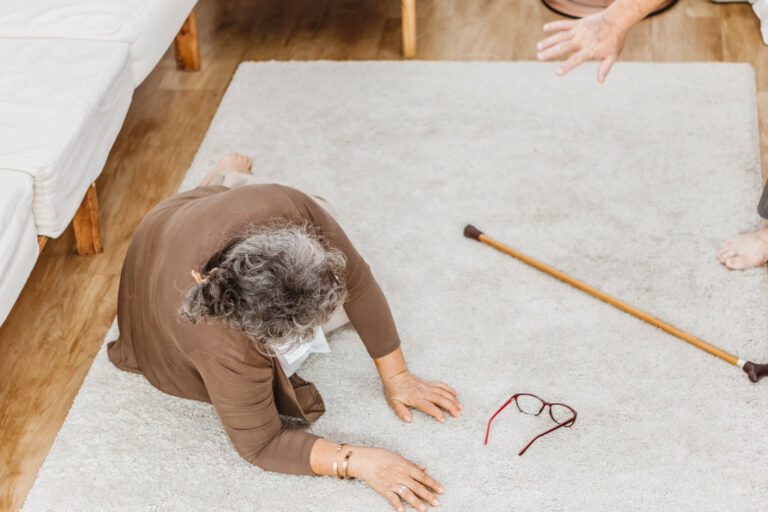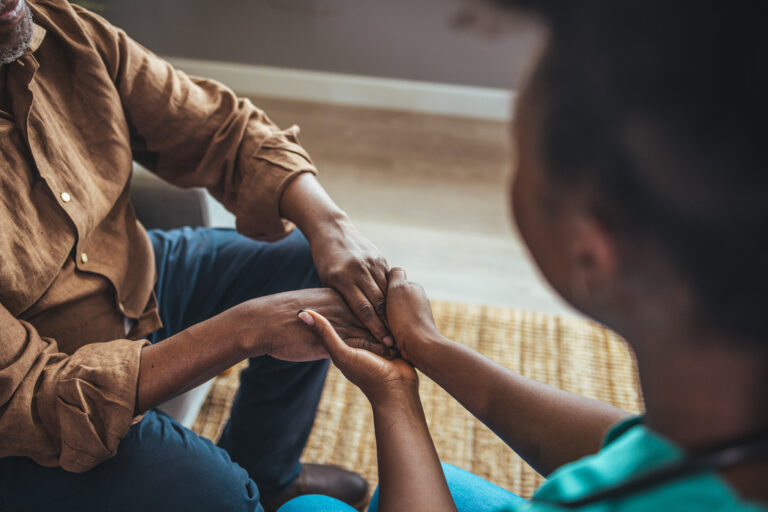Knees and elbows often hurt when it rains primarily due to changes in barometric pressure, which is the weight of the air pressing down on the earth. Before and during rainy weather, barometric pressure tends to drop. This drop causes the tissues surrounding your joints to expand slightly because there is less external pressure pushing on them. When these tissues swell, they can press on nerves around the joints, leading to sensations of pain or discomfort, especially in sensitive areas like the knees and elbows[1][3].
This phenomenon is more noticeable in people who already have joint issues such as arthritis or previous injuries. In these cases, the joints may already be inflamed or damaged, so the additional swelling caused by lower barometric pressure intensifies the pain. The tissues around the joints, including cartilage, ligaments, and synovial membranes, become more sensitive to pressure changes, which can trigger or worsen pain[3][4].
Cold and damp weather, which often accompanies rain, can also contribute to joint pain. Cold temperatures cause blood vessels to constrict, reducing blood flow to muscles and connective tissues around the joints. This reduced circulation means less oxygen and fewer nutrients reach these tissues, causing muscles to tighten and tendons to lose elasticity. The synovial fluid, which lubricates joints, also thickens in cold weather, making joint movement less smooth and increasing friction inside the joint. These factors combine to make joints feel stiffer and more painful during rainy or cold weather[4].
Humidity plays a role as well. High humidity increases fluid retention in the body, including the tissues around joints. This swelling adds pressure to the joints, causing stiffness and heaviness, particularly in weight-bearing joints like the knees. Dehydration, which can occur in hot and humid conditions, reduces the lubrication in joints, further increasing discomfort[3].
People with osteoarthritis, a common joint condition where cartilage wears down, often report that their pain worsens with weather changes. The knee is especially vulnerable because it bears much of the body’s weight and has a complex structure. Inflammation in the knee joint can be aggravated by weather-related changes in pressure and temperature, leading to increased pain and stiffness during rainy periods[5].
The exact biological mechanisms behind this sensitivity to weather are not fully understood, but the link between barometric pressure changes and joint pain is supported by clinical observations and patient reports. The swelling of joint tissues due to lower air pressure and the resulting nerve irritation is the most widely accepted explanation among medical experts[1][3][4].
To manage joint pain related to rainy weather, experts recommend keeping joints warm using compression garments or heat pads, staying active indoors to maintain joint mobility, and following a diet rich in anti-inflammatory foods. If pain persists or worsens, consulting an orthopedic specialist is advised to rule out underlying conditions such as arthritis or other joint disorders[3][4].
In summary, the pain in knees and elbows when it rains is mainly caused by the drop in barometric pressure leading to tissue swelling around joints, combined with cold and humid conditions that reduce circulation and increase joint stiffness. This effect is more pronounced in individuals with pre-existing joint problems, making rainy weather a common trigger for joint discomfort.
Sources:
[1] Joint Pain and Rainy Weather: Understanding the Connection
[3] How Pollution Causes Body Inflammation | Joint Back Pain Doctor in Ranchi
[4] Cold Weather Joint Pain: Causes, Relief Tips, and How To Stay Active
[5] The Young Arthritic Knee – Sports Surgery Clinic





